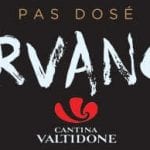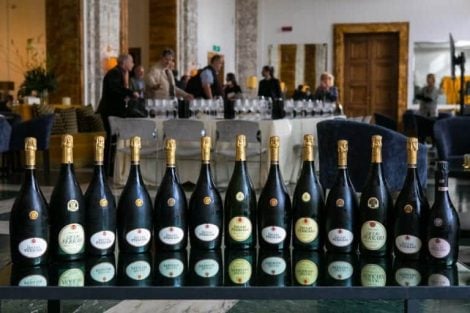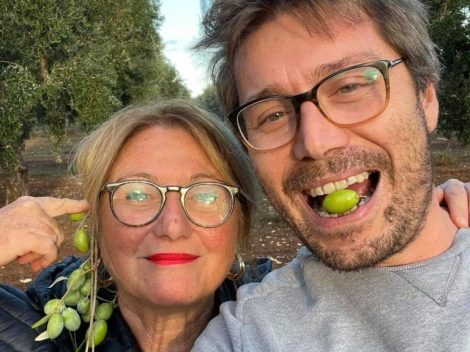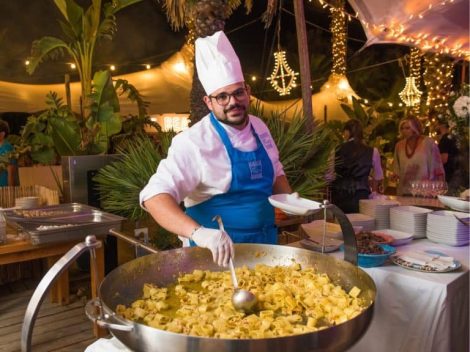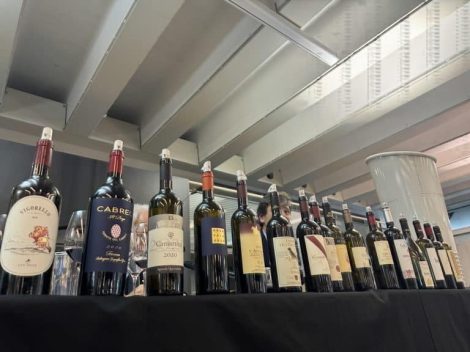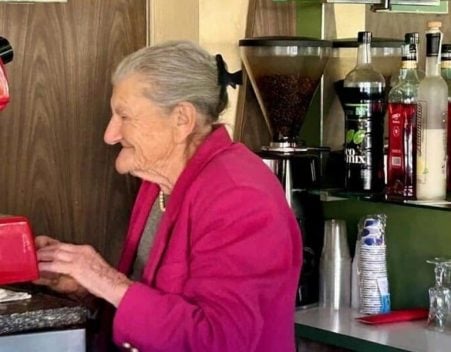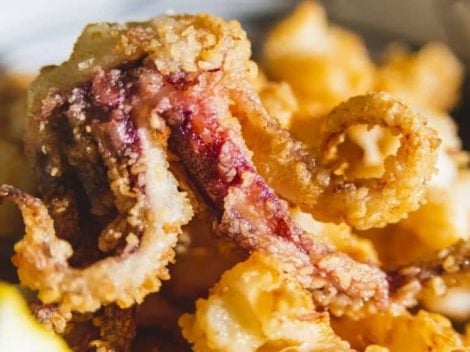We are in Piedmont, in the province of Cuneo, precisely in the hilly area along the left bank of the Tanaro River, Roero, named after the ancient noble family that owned its fiefdom here. On these loose, sometimes sandy soils, Nebbiolo has found its home, of course, but also an indigenous white grape like Arneis.
Nebbiolo has become a great opportunity for new territories outside the Langhe, which, capitalizing on the success of the grape, have accelerated their efforts, increasing the hectares dedicated to it. Think especially of less-known denominations or even recently recognized territories. Historically, Nebbiolo was also present in Turin and Monferrato, but with the birth of new denominations or the modification of existing ones, Nebbiolo gains importance. In Monferrato, in a large part of the provinces of Asti and Alessandria, numerous winemakers have planted Nebbiolo, managing to produce wines of increasing interest, with some truly remarkable peaks.
Arneis is a white grape variety that until a few years ago was even at risk of extinction, but today it is cultivated with growing interest in various areas of Piedmont. The historical production area is Roero, where, due to its use alongside Nebbiolo to soften the asperities of reds, it is also called "white Barolo." In the early '70s, only a couple of wineries bottled white wine from Arneis grapes; in the following decade, the increasing attention of winemakers and consumers led to production reaching almost two million units. It has had DOC recognition since 1989.
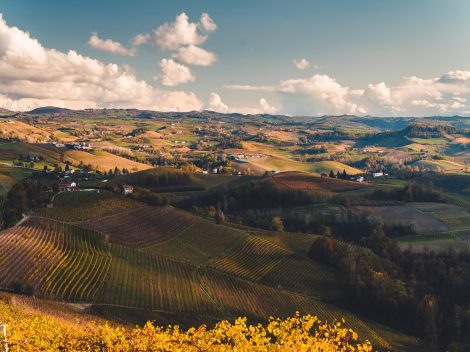
Tre Bicchieri 2024: the best wines from Roero
Here are the 6 Roero wines that received Tre Bicchieri in the Gambero Rosso Guide to Italian Wines 2024.
Roero Arneis Renesio Incisa Riserva 2019 has a complex and nuanced nose, rich in shades of white fruit and cereals, incense, and white flowers. It has a powerful but harmonious palate with a long, broad, and highly savory finish with acidic tension. For several years at the forefront of Roero production, the Monchiero family's winery relies on various owned vineyards, all located in Roero in a dozen MGA (Menzioni Geografiche Aggiuntive), from Monbirone to Renesio, from Sru to Genestreto, in the municipalities of Canale, Vezza d'Alba, Monteu Roero, and Priocca. The cultivated grapes are traditional ones, such as Arneis, Barbera, Favorita, and Nebbiolo. The produced wines combine territorial character and a modern approach, complexity, finesse, and great aromatic clarity.
Roero Arneis Seminari 2022 highlights cedar and orange zest aromas, with a consistent, fresh palate, good grit, and tension. Stefanino Costa and his son Alessandro lead the family-owned winery. The vineyards are located in the municipalities of Canale, Montà, and Santo Stefano Roero, on predominantly sandy soils, mostly between 350 and 400 meters above sea level. They feature the classic grape varieties of the region, from Arneis to Nebbiolo, Barbera, and Brachetto. The proposed wines follow a traditional approach, aiming to express the terroir's characteristics at their best, seeking execution clarity and aromatic precision.
Roero Bric Valdiana is, as always, of a high standard. The 2020 version has herbal, wild berry, and pepper scents on the nose, while the palate is elegant, with fine tannins and a beautiful length. The Almondo family's winery relies on a vineyard park located entirely in the municipality of Montà, on hilly terrain with slopes reaching up to 55%. The cultivated grape varieties are the classics of the region: Arneis, with vines up to 60 years old, is located at about 400 meters above sea level on soils with clayey veins, while Nebbiolo, on more limestone soils, is found between 200 and 300 meters above sea level. The proposed wines are characterized by great typicality, elegance, and sapidity.
The splendid Roero Le Coste Riserva 2020 highlights violet, red berries, and black pepper notes on the nose, with a rich palate, still evident but elegant tannins, fresh, gritty, and long. Angelo Ferrio is one of the most inspired interpreters of the Roero territory and its Nebbiolo. The family-owned vineyards are located in the municipalities of Canale, Santo Stefano Roero, and Vezza d'Alba in some of Roero's most renowned crus, such as Mompissano, Valmaggiore, and Le Coste. The present grape varieties are the classics of the left bank of the Tanaro River: in addition to Nebbiolo, Arneis and Barbera. The proposed wines are among the best expressions of the Roero territory in terms of typicality, finesse, and elegance.
Once again, at the top of the denomination, we find Roero Renesio Riserva. The 2019 version highlights aromas of blackberries and red blueberries, with notes of cardamom and curry, and an elegant palate with fine tannins, delicate in the long finish. Massimo and Roberto Damonte have been protagonists of the Roero scene for several years. The winery relies on vineyards mainly located in the municipality of Canale (including some of the most renowned crus in the territory, from Mombeltramo to Renesio, from Saglietto to San Michele a Trinità), with the presence of the three typical Roero grape varieties: Arneis, Barbera, and Nebbiolo. Added to this is a vineyard in La Morra for the production of Barolo. The wide range of wines offered stands out for their typicality and a marked aptitude for aging.
Roero Sudisfà Riserva 2020 presents balsamic and floral tones on the nose, accompanied by nuances of black currant, while the palate is fresh, enveloping, and elegant, with a long, tense, and dynamic finish. The Negro family has been present in the Roero territory since the 17th century. The winery relies on a large vineyard estate both in Roero, with Ciabot San Giorgio, Prachiosso, and Serra Lupini vineyards in Monteu Roero and San Vittore in Canale, and in Langhe, Basarin in Neive for Barbaresco production, and Baudana in Serralunga d'Alba for Barolo production. The cultivated grapes are traditional ones, resulting in a production of remarkable typicality that expresses the characteristics of different territories while maintaining clarity and aromatic precision.
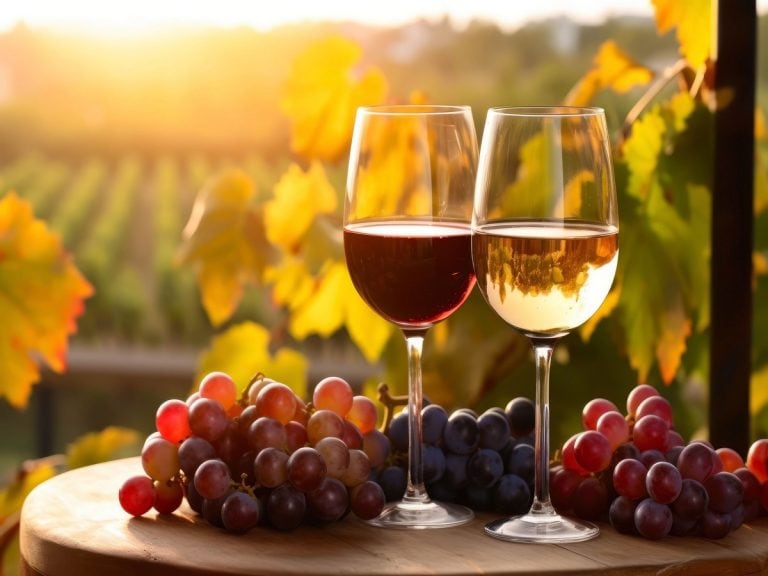
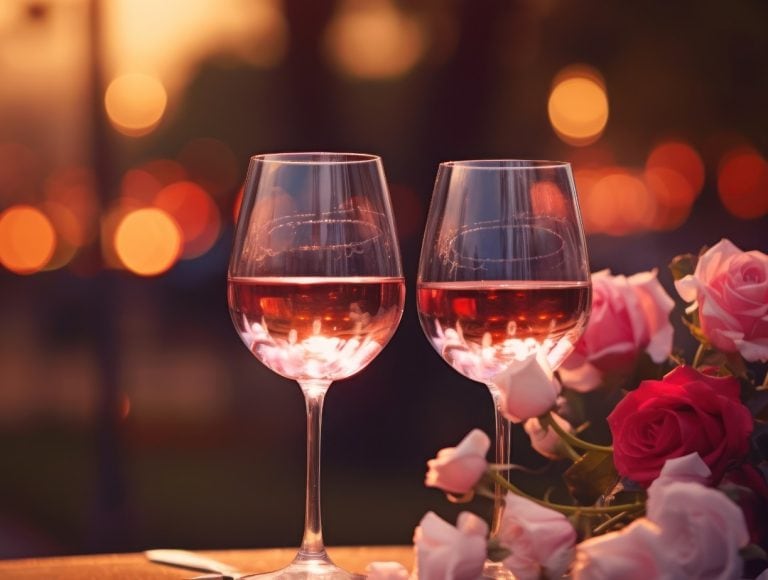 In Milan, the largest fashion street celebrates rosé wines with Rose Rosè
In Milan, the largest fashion street celebrates rosé wines with Rose Rosè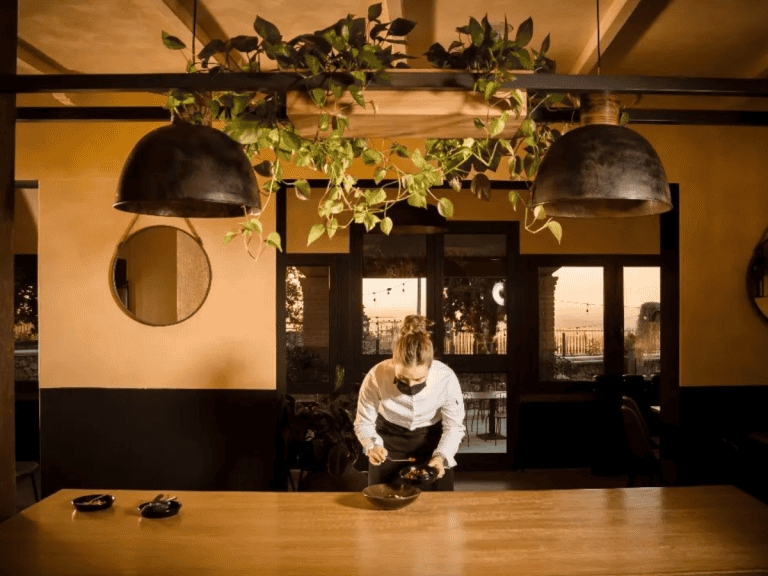 Smiles, creativity, and some youthful mistakes. How dining at Portale 21 in Marino, the bet won by Valentina Pacifici, looks like
Smiles, creativity, and some youthful mistakes. How dining at Portale 21 in Marino, the bet won by Valentina Pacifici, looks like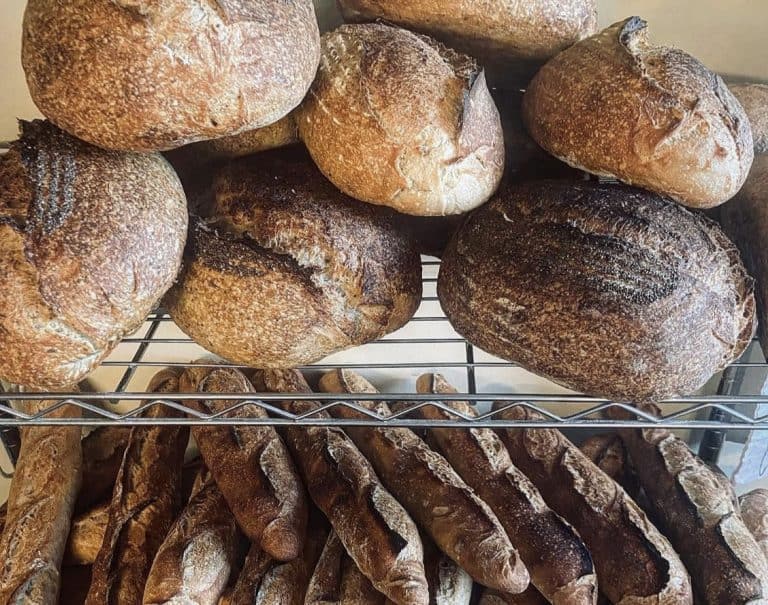 In Aprilia, a contemporary bakery has been born with French yeasts, baguettes, and ancient local breads
In Aprilia, a contemporary bakery has been born with French yeasts, baguettes, and ancient local breads In Modena, there is the world's best social restaurant. Here's what it is
In Modena, there is the world's best social restaurant. Here's what it is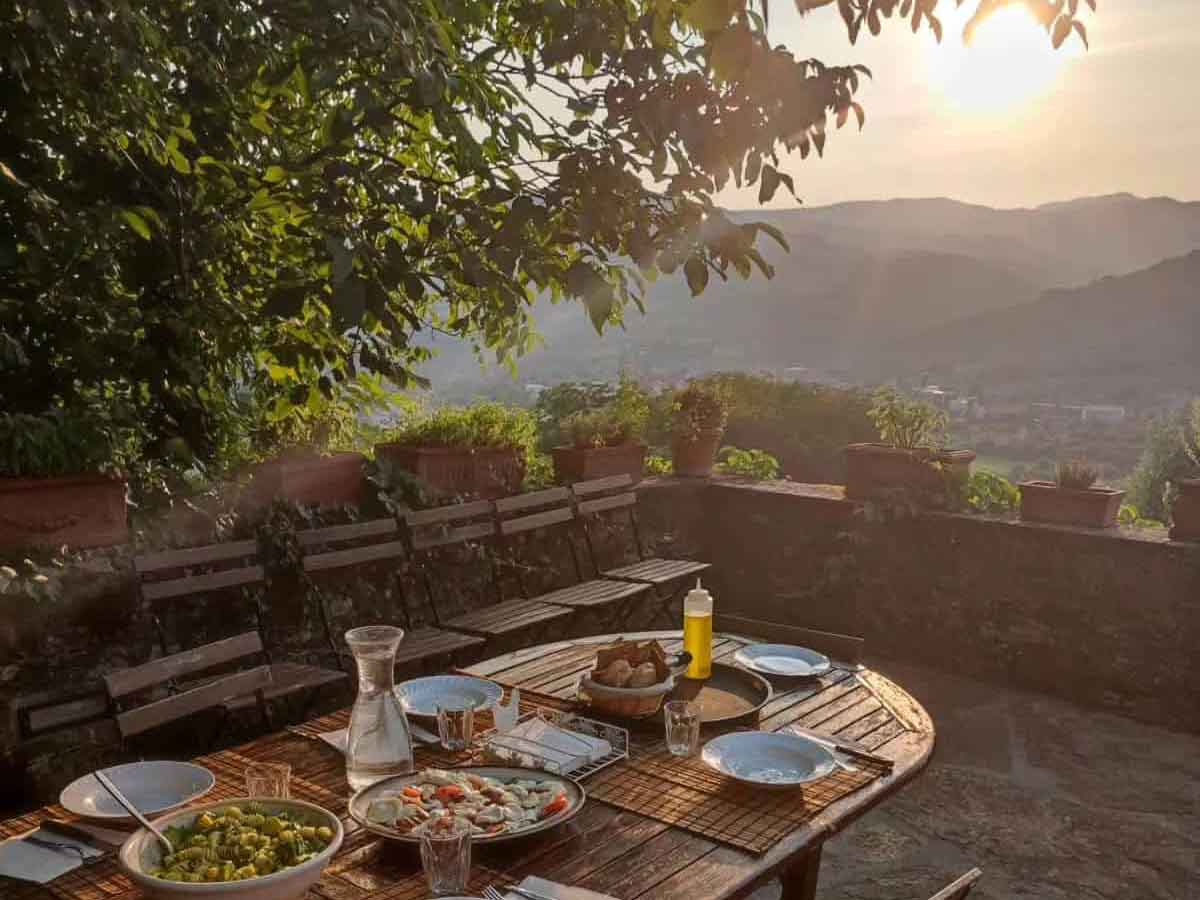 Where to eat in Florence and surroundings. The best farmhouses chosen by Gambero Rosso
Where to eat in Florence and surroundings. The best farmhouses chosen by Gambero Rosso